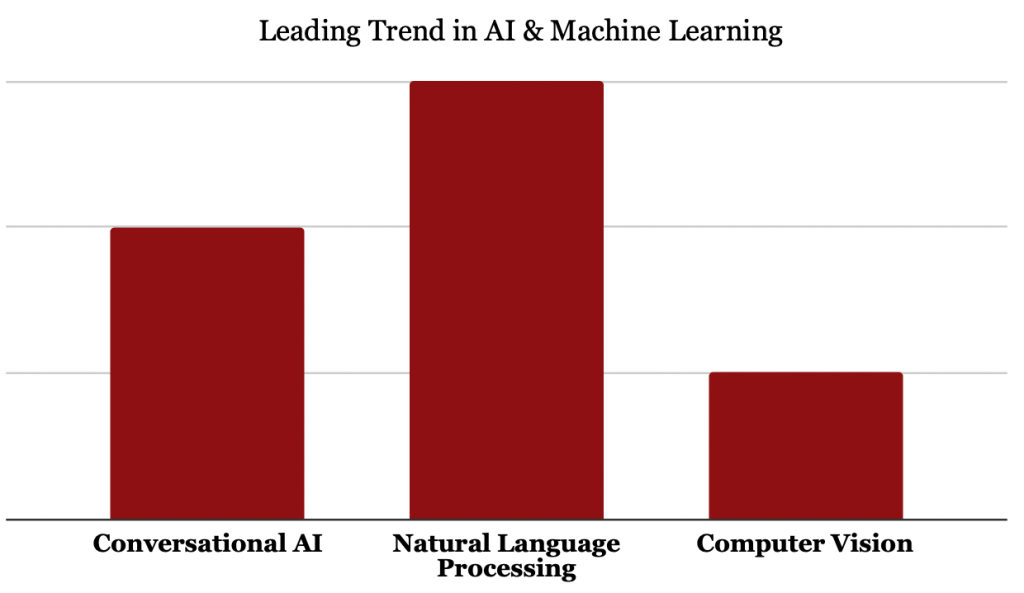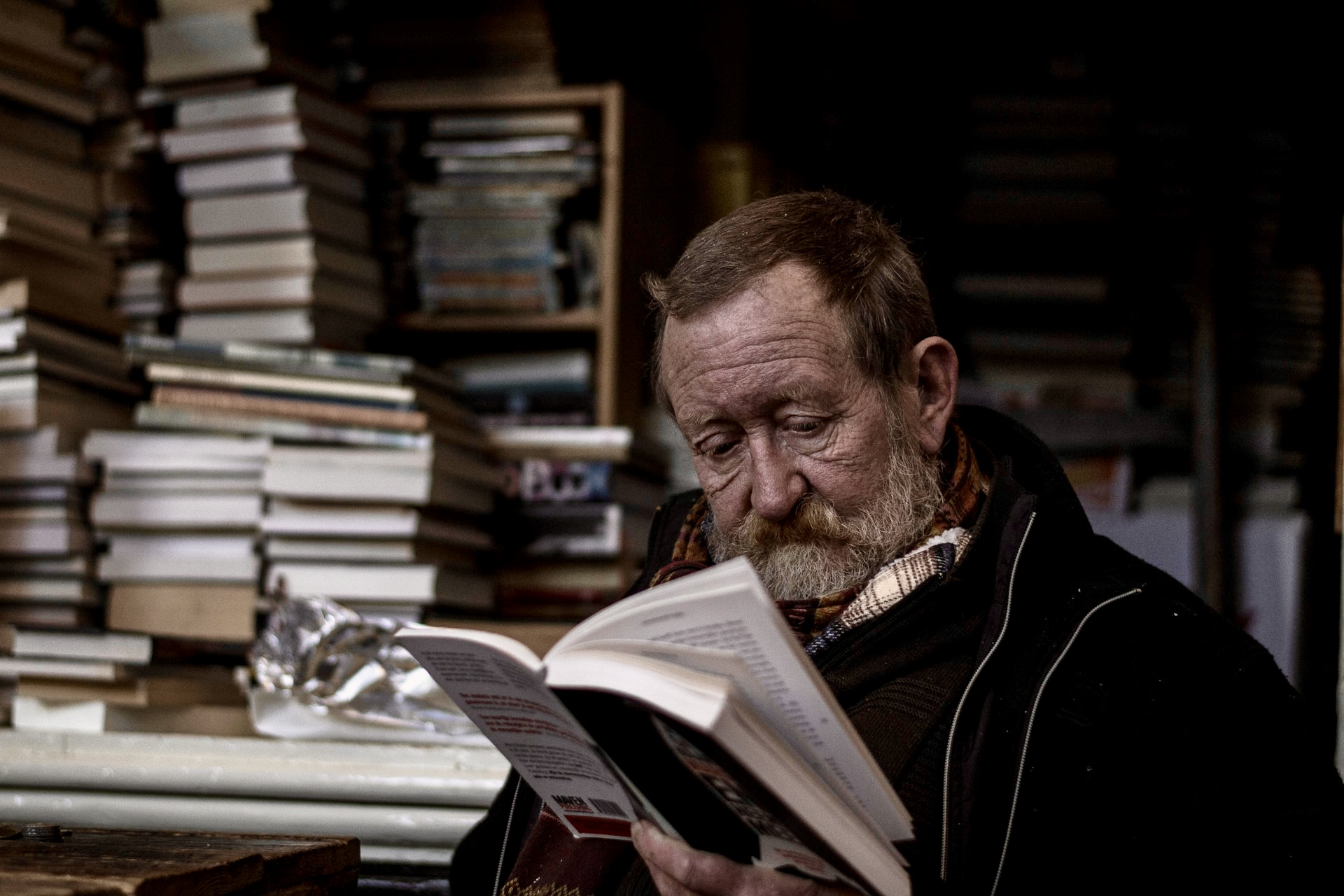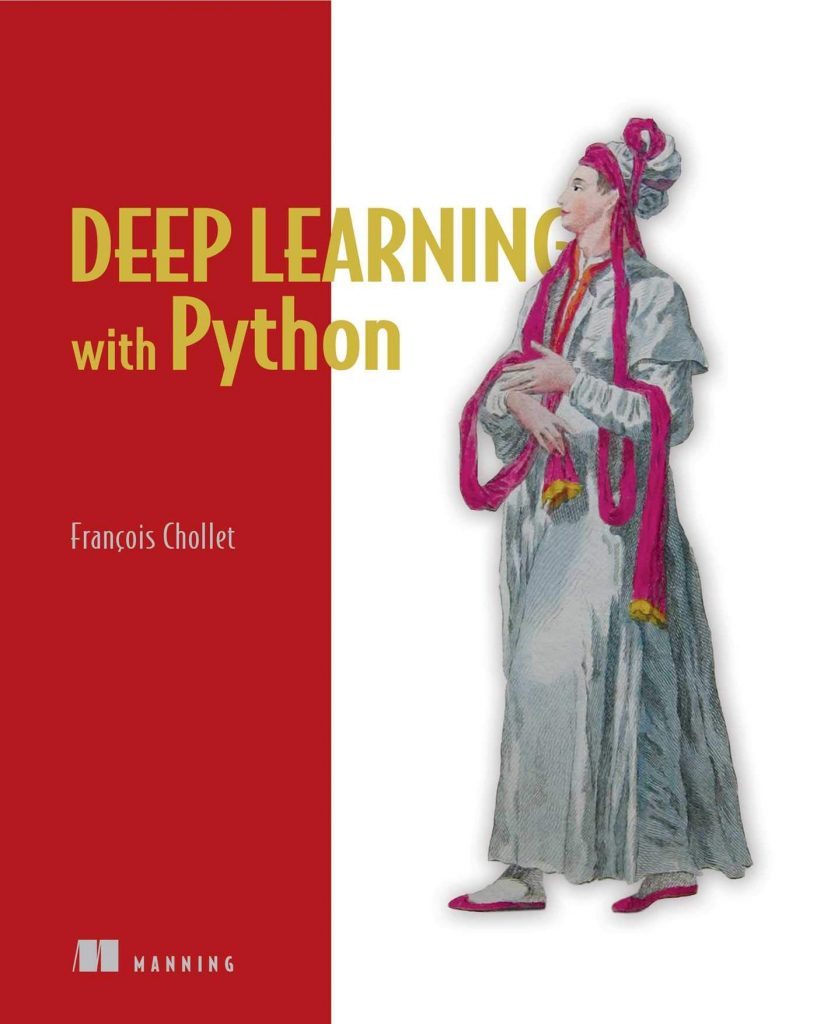When I started studying Deep Learning, I immediately realized that an tremendous amount of research and progress had already been made.
Faced with this mountain of knowledge which I knew nothing about, I decided to do as everyone else.
I looked on the internet for the basics of the domain, the concepts, the definitions, the Python libraries to use, and then I did some experiments that I didn’t understand much.
The advantage of Deep Learning is that you can do a lot without really knowing what’s going on.
The drawback is that you can think you have great results without really understanding why. This limits the possibilities of evolution while preventing the optimization of one’s results
It’s true after all, you can easily do a Kaggle competition, analyze the problem, understand the data and copy the solution of another candidate.
It will work… but what is the point if there is no personal evolution?
After having tested several models without understanding them or even being able to read them; because a sequence of ConvNet, followed by MaxPooling and a Flatten layer doesn’t mean much to the novice; I decided to get things done.
That’s how I found myself in front of my Data Analysis professor, at the end of class, to ask him if he knew anything about Deep Learning… This was followed by a long discussion about Artificial Intelligence, what we can do with it, what we will be able to achieve in the future, the challenges, the ethics!
At the end of this talk, I was able to collect a few notes on which I wrote the names of several books… only one of them had caught my attention because my professor had particularly insisted on it : Deep Learning with Python by François Chollet.
When I got home, after some research on the internet, I discovered that François Chollet, the author of the book, is an engineer at Google and a researcher in AI. In fact, he is the developer of one of the most used libraries in Deep Learning: Keras.
Of course, as a French, I was proud to see that a compatriot occupies a major place in Deep Learning.
Having finally found a serious source of knowledge, I decided to get this book.
I am not a huge reader of technical books but I must say that this book combines both simplicity in the explanation of concepts and pragmatism thanks to concrete examples of Deep Learning applications.
Today, it is thanks to this book that I was able to build my Inside Machine Learning website and get my job as Data Engineer & Artificial Intelligence in the development of autonomous cars !
This kind of skills, can’ t be refused !
I choose to get real skills in Deep Learning
In this book, François Chollet covers all the basics of Deep Learning, from the birth of Artificial Intelligence to the discovery of Neural Networks and the current breakthroughs that are being made.
This is the advantage of this book, you’ re guided all along to learn and practice, whether you are a beginner or an intermediate.
It is truly a complete guide in which you will understand :
- The different types of data
- The tensors
- Gradient descent
- Weights and biases
- Neural networks
- Deep Learning with data :
- Excel format
- Text
- Image
- Video
- Neural layers:
- Dense
- Convolutional
- Recurrent (LSTM & GRU)
- Generative Deep Learning
- But also advanced techniques to get the most out of your Deep Learning algorithms !
Click below and access the most complete book on Deep Learning.
I choose to get real skills in Deep Learning
Today, Deep Learning is really a must-have for anyone who wants to work in Artificial Intelligence.
This is what this study conducted by Forbes shows :
By the way, if your goal is to master Deep Learning - I've prepared the Action plan to Master Neural networks. for you.
7 days of free advice from an Artificial Intelligence engineer to learn how to master neural networks from scratch:
- Plan your training
- Structure your projects
- Develop your Artificial Intelligence algorithms
I have based this program on scientific facts, on approaches proven by researchers, but also on my own techniques, which I have devised as I have gained experience in the field of Deep Learning.
To access it, click here :
Now we can get back to what I was talking about earlier.

Indeed we can see that the leading fields in Artificial Intelligence and Machine Learning are in fact ALL fields using Deep Learning, namely :
- NLP (text processing) uses recurrent neural networks
- Conversational AI (dialogue with an AI) uses generative neural networks
- Computer Vision (image processing) uses convolutional neural networks
The book Deep Learning with Python gives you the basics to explore these fields that will have a major place in tomorrow’s world.
Do you want to be part of it?
Yes, I choose to get real skills in Deep Learning
“We’re at the beginning of a golden age of AI […] and we’ve only scratched the surface of what’s possible.” – Jeff Bezos, Amazon CEO
In addition, if you go through our link, part of the profits are returned to us. This means that by investing in your future, you are financing our site and our future articles !
FAQ:
Who is this book for ?
This book is for any IT practitioner, whether you are a student or an experienced Data Scientist.
To be concrete, this book suits beginners and intermediate profiles but also experts who want to have a guide on Deep Learning at hand.
How long to read this book?
This book is not to be read straight through. One have to go back and forth and pick out the concepts that interest you. There are 384 pages of knowledge.
The advantage is that the summary is very detailed. You can know in a few seconds which page to go to in order to solve the problem you are interested in.
Do I need any prerequisites to understand this book?
You need to know a minimum of programming and if possible the Python language. However, since the author explains in depth, a beginner/intermediate level is sufficient to understand the whole book.
Will the skills I will acquire last in time?
In a recent interview, François Chollet discusses the future of Keras (the Python library used in the book) which he extends to at least 5 to 10 years. In addition, understanding Keras will make it much easier for you to tackle other Deep Learning libraries.
So yes, these skills are essential background for anyone who wants to practice Artificial Intelligence !
I choose to get real skills in Deep Learning
source :
- François Chollet – his website
- Keras – THE reference library for Deep Learning
- Forbes – What are Important AI & Machine Learning Trends for 2020 ?
- Nvidia – Keras & Tensorflow: The Next Five Years
- Photo by Priscilla Du Preez on Unsplash
One last word, if you want to go further and learn about Deep Learning - I've prepared for you the Action plan to Master Neural networks. for you.
7 days of free advice from an Artificial Intelligence engineer to learn how to master neural networks from scratch:
- Plan your training
- Structure your projects
- Develop your Artificial Intelligence algorithms
I have based this program on scientific facts, on approaches proven by researchers, but also on my own techniques, which I have devised as I have gained experience in the field of Deep Learning.
To access it, click here :





